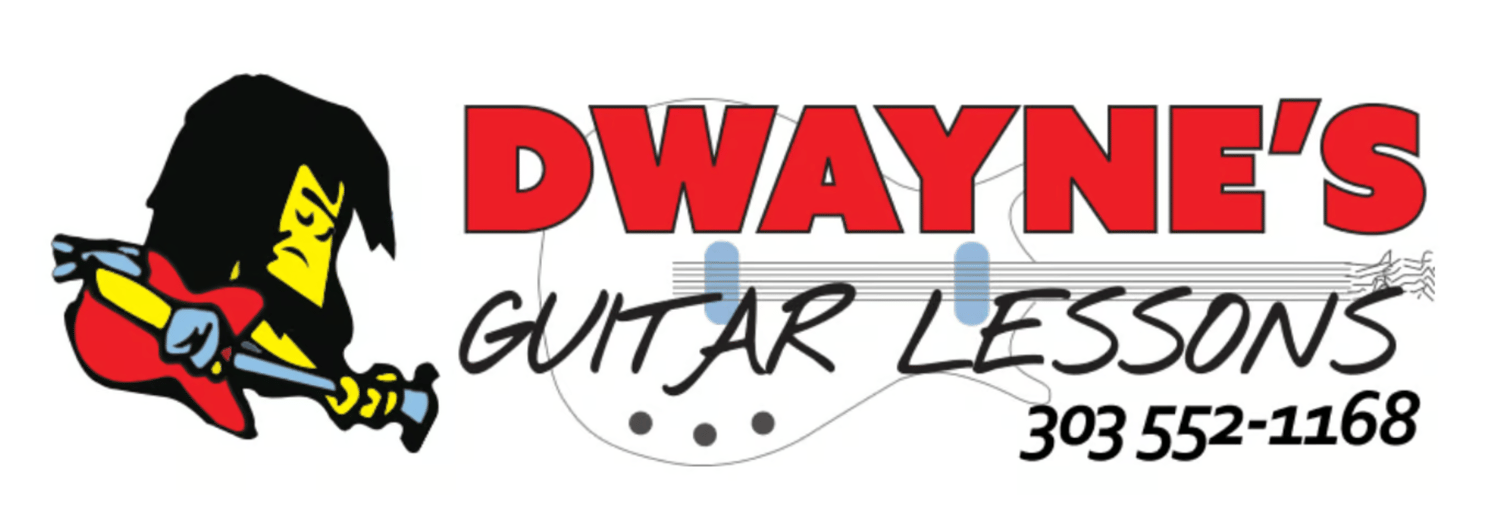In this lesson, we will learn how alternating & tremolo picking can enhance your guitar solos. These two techniques are great because they allow you to stand out with a unique sound. Alternate picking is where you pick the guitar string down and back up. Tremolo picking is where you do the same thing, you just do it double-time. This gives you the ability to express yourself with speed, precision, and better articulation.
Alternate Picking
This is a fundamental technique used by guitarists to increase speed and efficiency. This is done by picking both down and upward on the string. This can be done on an individual string, like the high E string for lead playing, or it can be done on multiple strings, like the low E and A strings, for playing rhythm.
Let's look at a few exercises that can help us develop and improve our alternate picking. When doing this technique (tremolo picking as well), play with the tip of your pick to keep friction to a minimum, and keep your picking hand close to the strings for maximum efficiency.

Exercise #1: On the 6th string

In this example, you play the low E string alternately. You pick the first note down, and the next note up. You then repeat this throughout both measures. Down, up, down, up, down, up, and so on. If you've never done this before, start slow and work with a steady tempo.
Exercise #2: With an open E chord

In this example, you do the same thing, but you will alternate picking on both the low E and A strings while playing the open E chord. Hold your picking hand close to the bridge when doing this to create a muted sound. This is a very common technique when playing heavy metal rhythms.
Exercise #3: On the 1st string

In this example, we do the same thing as the 1st one, but we do it on the high E string. This is great for playing solos and melody lines. Once again, keep your picking hand close to the strings and listen to how this technique sounds.
Exercise #4: On the 1st string 12th fret

In this final example, you do the same thing as the 3rd one, but you do it at the 12th fret. This will give you an idea of how this sounds further up the fretboard. Once again, make sure to play with the tip of your pick, as well as keep your picking hand close to the strings.
*Remember: Start slow, use a steady down, up, down, up, down, up motion, and stay consistent.
I also recommend you work with a metronome to help develop steady timing. You set the click to a slow, even tempo, and then match the strokes to the click. As time goes on, you can speed up the click and continue to match it.
Benefits of Alternate Picking
- Increased Speed: By alternating strokes, you reduce the amount of effort needed to play consecutive notes, allowing for the ability to play faster tempos.
- Improved Precision: Consistent use of alternate picking can lead to better accuracy when striking the notes, allowing for less fatigue.
- Economy of Motion: This technique minimizes unnecessary movement, making it easier to maintain control and consistency.
Tremolo Picking
Tremolo picking is a technique that involves rapidly picking a single note or a series of notes using a series of continuous downstrokes and upstrokes. This technique creates a shimmering, sustained sound often used in music styles like surf rock, classical guitar, and heavy metal.
Let's take a look at some exercises that will help to develop this wonderful technique. Since you've already learned about alternate picking, this should be easy, because tremolo picking is just an extension of alternate picking. We're just pushing things into overdrive.
Exercise #1: On the 6th string

In this example, we do the same thing as before with alternate picking. The only difference is that we double-tie our picking. Notice that there are 8 notes per measure instead of only 4. This tells us that this is done twice as fast.
Exercise #2: Holding the open E chord

This example is similar to the 2nd example of alternate picking. You hold the open E chord and pick both the low E and A strings together. Doing this while holding your hand close to the strings will make you sound like a machine gun.
Exercise #3: At the 12th fret, moving up

This 3rd example works for lead guitar playing. Similar to the exercise in alternate picking, we start at the 12th fret, but continue by moving up to the 17th fret. Practice this regularly, and you will be able to make your guitar sound really cool.
Exercise #4: From the 12th to the 22nd

In this last example, you do something similar to the last one, but move all the way up to the 22nd fret. When you do this, it creates a very cool, ominous sound. But in order to achieve this, you need to practice. That is why I went over alternate picking first.
Benefits of Tremolo Picking
- Expressive Sound: Tremolo picking produces a dynamic and expressive tone, adding intensity and emotion to your compositions.
- Versatility: It can be applied to various musical styles, from creating atmospheric lead guitar landscapes to driving harmonious rhythm patterns.
- Improved Dexterity: Mastering this technique can enhance finger strength, independence, and flexibility.
Make sure to relax your hand when tremolo picking. Don't tense up. Keep a steady rhythm, especially if you decide to move up and down the fretboard. Keep your hand close to the strings at all times; this will allow for more fluid motion with less arm movement.
By incorporating alternate and tremolo picking into your guitar playing, you can improve your skill set while expanding your musical repertoire. As you can see, both techniques offer unique benefits and can be mastered with daily practice, patience, and perseverance.
Dive Deeper Into These Techniques
If you'd like to dive deeper into these techniques, I highly recommend you check out the guitar book I authored, Lead Guitar Wizardry Volume 2.

Lead Guitar Wizardry Volume 2 is an extension of Volume 1. Jam-packed with simple diagrams and clear explanations. This training manual lets you practice at a pace that’s right for you. You’ll learn the secret formulas and techniques that provide the foundation of rock guitar as if you were taking private lessons.
You’ll learn.:
*How to play your own guitar solo that you create yourself
*Lead guitar solo techniques of musical greats that you commonly hear in songs
*The modern step-by-step method to pick up axe skills faster than you thought possible.
*From finger exercises to scales and basic music theory, this is the how-to guide to help anyone who’s dedicated enough to put in the effort to learn the sacred art of lead guitar.
A book like the one mentioned above will help you to extend the lessons taught here and allow you to take your guitar playing to the next level. If you are learning to do alternate picking for rhythm playing, I recommend you check out my book on playing rhythm guitar.
Multiple Formats:
Both books, as well as many others that I have authored on guitar playing, can be found on my website in digital format or on Amazon in physical and Kindle format. Multiple formats are offered for your convenience. Any one of my books, as well as my video and blog lessons, can help you to improve your guitar playing, no matter what level you're at.
If you have any additional questions, feel free to contact me through my website, and I will be happy to assist you. Thank you for your time reading today, and good luck with your guitar education.
Sincerely, Dwayne Jenkins


